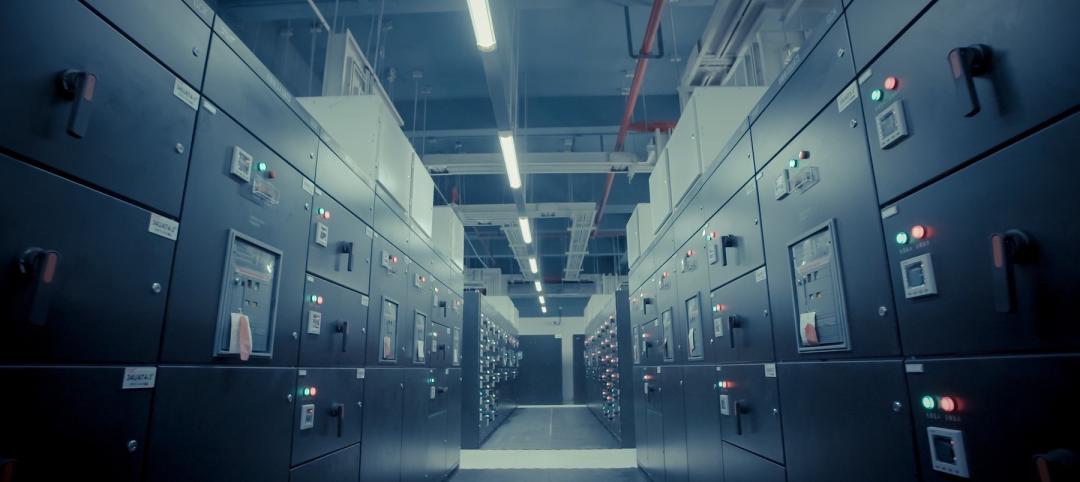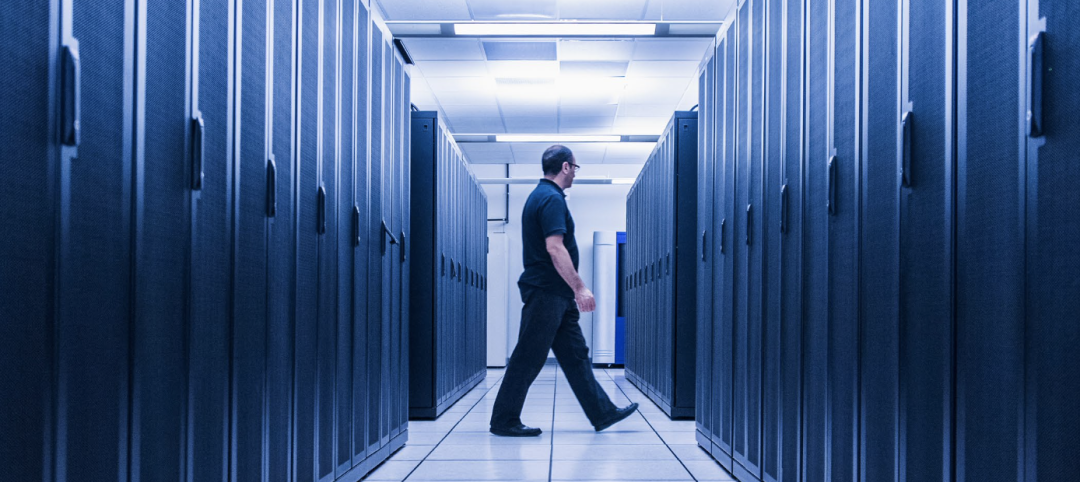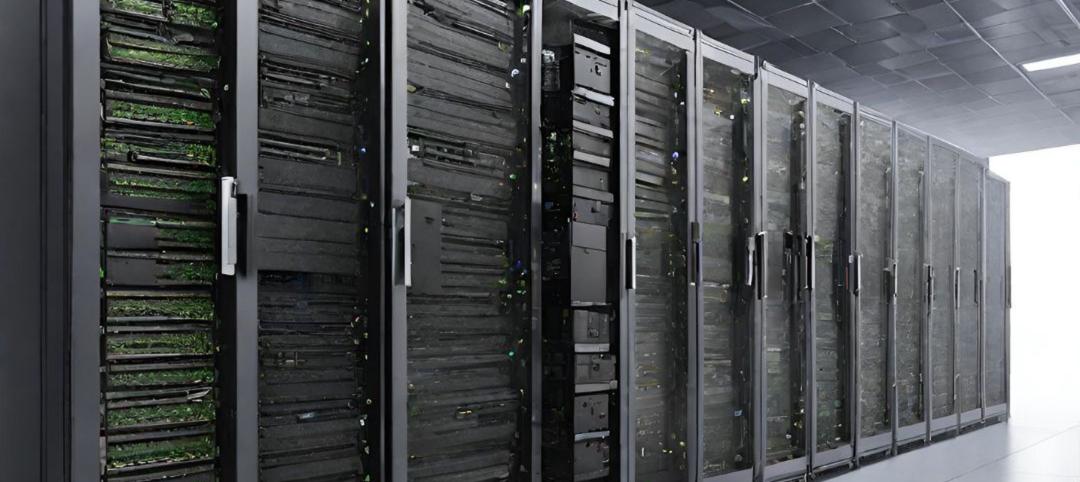Two leading consulting firms that focus on data centers and other mission-critical facilities have released a white paper on data center sustainability, the first in a series of reports that will provide technical analysis for data center operators to help lower their centers’ carbon footprints in line with regulations targeting carbon neutrality by 2030.
The authors of the white paper—which earlier this year formed a Greenhouse Gas Abatement Group—are i3 Solutions Group, a globally recognized data center MEP consulting engineering firm; and New York-based EYP Mission Critical Facilities, which performs MEP design and commissioning, operational procedures. multi-cloud and data center strategy, due diligence and site evaluation.
To download the first white paper and sign-up to receive alerts for future publications, click here.
CARBON NEUTRALITY AND REVENUE GENERATION AREN’T MUTUALLY EXCLUSIVE
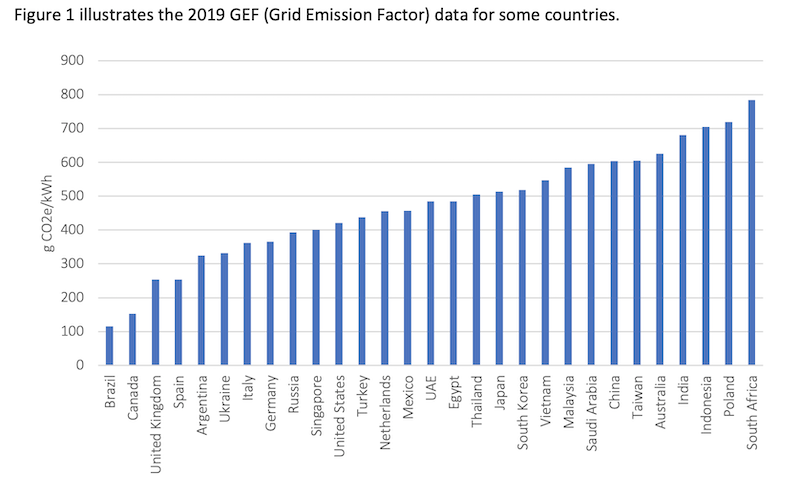
Greenhouse gas emissions from data centers vary widely by country. Chart: Greenhouse Gas Abatement Group
By almost every measure, data center demand is growing steadily and rapidly. Apex Market Research, for one, estimates that construction spending will increase by 7.7% annually and reach nearly $32 billion by 2025. To a greater extent than ever, operators are seeking ways to mitigate their facilities’ environmental effects, either voluntarily or in response to government mandates.
Titled “Infrastructure Sustainability Options and Revenue Opportunities for Data Centers,” the first white paper covers how targets for reducing greenhouse gas (GHG) emissions and increasing revenue-generating opportunities are not mutually exclusive objectives. “The falling costs of low-carbon distributed energy systems provide data center operators with opportunities to satisfy the requirements of hyperscale end-users with ambitions for a Zero Carbon Solution,” the white paper states.
Indeed, the energy sector has been moving in this direction for a while. Figures released in February by the International Energy Agency (IEA) reveal that global emissions from the electricity sector dropped by 450 million tons last year. This decline resulted partly from lower electricity demand but also from increases in electricity generation by solar PV and wind.
However, IEA also estimates that emissions in China increased last year by 0.8%. And while emissions in the U.S. fell by 10%, they started to bounce back in the later stages of 2020.
The white paper provides in-depth technical insight into areas where operators might reduce their facilities’ environmental impacts and monetize the process to boot. These areas include Demand Side Response, Data Center Power Generation, Energy Storage and Sustainable Energy Trading, as well as System Selection criteria such as Sustainability Performance Indices.
The white paper cautions there are no quick fixes to this problem of greenhouse gas emissions. For example, it postulates that when a company buys renewable energy from a private utility as a way of reducing its carbon footprint, it actually doesn’t improve its sustainability unless that purchase is coupled with a higher ratio of additional renewable energy and a reduction in the national grid emission factor (GEF).
NINE METRICS TO CONSIDER
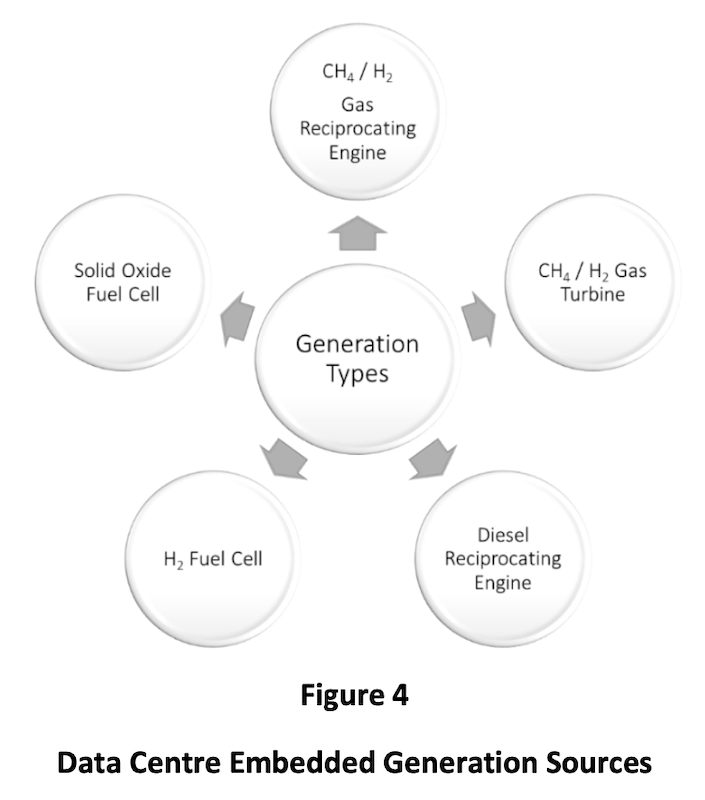
Most data centers have excess energy capacities. Image: Greenhouse Gas Abatement Group
Other ways of reducing a data center’s carbon footprint might include energy trading that provides additional power to a grid from intermittent sources like wind energy. Data center operators might also benefit financially from exporting power to the grid from distributed generation systems, which in some scenarios also reduces the center’s GHGs.
“Practically all data centers have some excess capacity,” the white paper states. “Data center owners should consider whether it is possible to increase the utilization of standby and redundant generation and energy storage assets for DSR [demand-side response] or, indeed, configuring low-carbon generation assets to be the primary source of power to the data center.” The sources of this potentially exportable energy capacity are typically mechanical generators, and hot or cold fuel cells.
In terms of sustainability, the white paper asserts there are at least nine metrics to consider, including product carbon footprint, water use, volatile organic compounds, carbon payback, embodied energy, recycling, source material environmental impact, electrical and thermal system efficiency. The paper points out that location, and specific national- and state-related conditions, invariably affect the selection of an appropriate low-carbon technology, in part due to resource availability.
Subsequent white papers will touch on a range of topics that include:
- Assessment and application of gas reciprocating engines and turbines
- Assessment and application of fuel cells to data centers
- Demand response opportunities for data center embedded generation and storage systems
- GHG reduction with blended hydrogen and natural gas generation
Related Stories
Data Centers | Oct 1, 2024
10 biggest impacts to the data center market in 2024–2025
While AI sends the data center market into the stratosphere, the sector’s accelerated growth remains impacted by speed-to-market demands, supply chain issues, and design innovation necessities.
Data Centers | Sep 2, 2024
Data center demand continues its feverish growth rate
But JLL’s latest market report worries that the sector is outpacing its manpower and electricity capacities.
Multifamily Housing | Aug 21, 2024
Nation's leading multifamily developer expands into infrastructure
Greystar's strategy for infrastructure is driven by the shifting landscape of today's cities—primarily in the increased digitization, urbanization, and transitions to clean energy.
Data Centers | Aug 8, 2024
Global edge data center market to cross $300 billion by 2026, says JLL
Technological megatrends, including IoT and generative AI, will require computing power to be closer to data generation and consumption, fueling growth of edge IT infrastructure, according to a new JLL report.
Construction Costs | Jul 18, 2024
Data center construction costs for 2024
Gordian’s data features more than 100 building models, including computer data centers. These localized models allow architects, engineers, and other preconstruction professionals to quickly and accurately create conceptual estimates for future builds. This table shows a five-year view of costs per square foot for one-story computer data centers.
Data Centers | Feb 28, 2024
What’s next for data center design in 2024
Nuclear power, direct-to-chip liquid cooling, and data centers as learning destinations are among the emerging design trends in the data center sector, according to Scott Hays, Sector Leader, Sustainable Design, with HED.
Data Centers | Feb 1, 2024
Gen AI will drive data center growth, says latest JLL sector report
Power access is pushing developers toward alternative sources and secondary markets.
Data Centers | Nov 22, 2023
How is artificial intelligence impacting data center design?
As AI is reshaping how we interact with machines and the world around us, the design of data centers needs to adapt to this fast-changing landscape. So, Page pairs expert thinking with high-performing solutions to meet the needs of rapidly advancing technologies.
Data Centers | Nov 13, 2023
Data center sector trends for 2023-2024
Demand for more data centers is soaring, but delivery can be stymied by supply delays, manpower shortages, and NIMBYism.
Giants 400 | Oct 2, 2023
Top 50 Data Center Construction Firms for 2023
Turner Construction, Holder Construction, HITT Contracting, DPR Construction, and Fortis Construction top BD+C's ranking of the nation's largest data center sector contractors and construction management firms for 2023, as reported in Building Design+Construction's 2023 Giants 400 Report.




